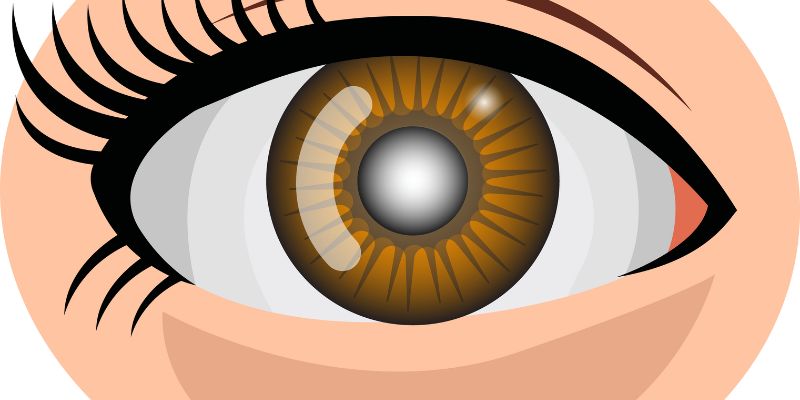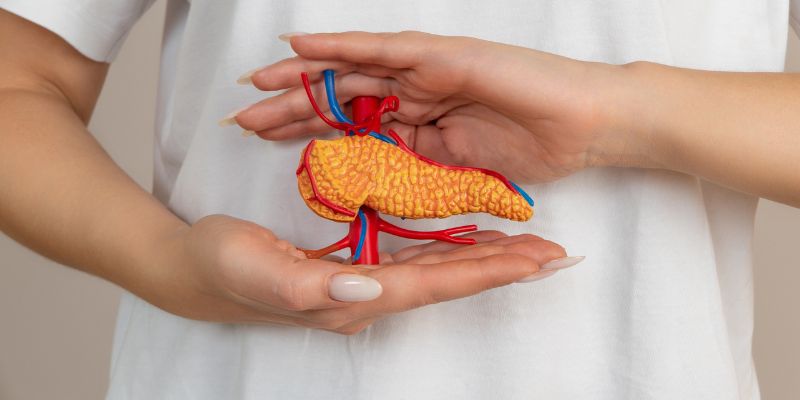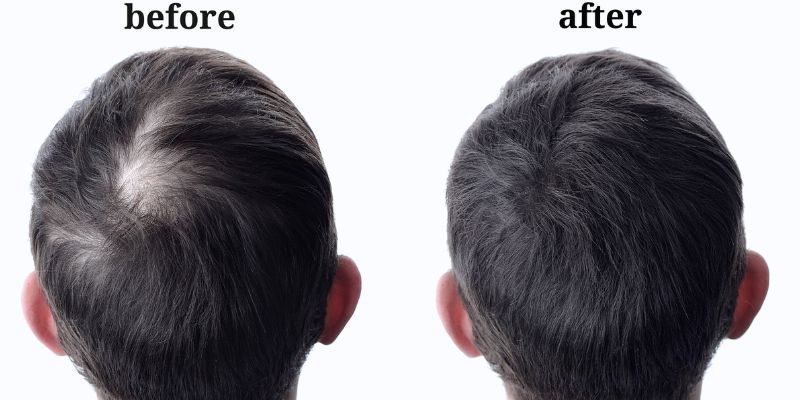Macular Degeneration vs. Glaucoma: Know All The Key Differences
Glaucoma and Macular degeneration are two leading causes of vision loss, especially as we age. Though they do it differently, both can profoundly impair your vision. Protection of your sight depends on knowing the variations between these disorders. Macular degeneration affects your center vision, making reading or facial recognition harder; glaucoma silently compromises your peripheral vision, usually without your knowledge, until it's too late.
Early diagnosis, made possible by knowledge of every ailment's symptoms and hazards, helps to stop more damage. The main variations between macular degeneration and glaucoma will be discussed in this article, along with their causes, symptoms, and treatment options. Knowing these variations can help you proactively preserve your vision and general eye condition. Let's explore what distinguishes these two eye diseases and how to avoid their symptoms.

What is Macular Degeneration?
Affecting the macula, the primary portion of the retina in charge of sharp, detailed vision, macular degenerationalso known as age-related macular degeneration (AMDis an eye disease. This area of the eye facilitates reading, driving, and face recognition, among other things. While peripheral vision stays clear, macular degeneration causes central vision loss; hence, you may have trouble with fine details but can still see objects to the side.
Macular degeneration comes in two types: dry and wet. More often occurring and developing gradually as the macula thins with aging is the dry type. It advances slowly and results in a steady loss of central vision. Conversely, although less common, the wet form is more severe. Under the retina, aberrant blood vessels develop that can leak fluid and cause fast vision loss. Early identification and control are vital to slow down the advancement of both typesespecially the more aggressive wet form.
What is Glaucoma?
Glaucoma is an eye condition that destroys the optic nerve, which tells the brain what the eye sees. Though other kinds, like angle-closure glaucoma, exist, open-angle glaucoma is the most often occurring. Intraocular pressurehigher eye pressureis the main cause of glaucoma. Problems with fluid outflow in the eye can cause this pressure to develop and, over time, harm the optic nerve.
Glaucoma is called the "silent thief of sight" since it usually starts slowly and without symptoms in the early stages." Unlike macular degeneration, glaucoma usually starts with peripheral vision first and causes slow vision loss that could go undetectable until it gets severe. If treatment is neglected, glaucoma can finally cause total blindness. Early detection and management depend on regular eye exams since treatment can help reduce eye pressure and slow the advancement of vision loss.

Symptoms of Macular Degeneration
Since macular degeneration compromises the macula, the symptoms mostly impact central vision. Though mild at first, early symptoms might get worse with time. Major symptoms include:
- Blurred central vision makes fine detail difficult to view.
- Distorted vision whereby straight lines could seem curved or wavy.
- Trouble reading small print or identifying faces.
- Advanced stages of dark patches in center vision make driving or reading more difficult.
- Dull or fading hues; macular degeneration can also impair color perception.
Symptoms of Glaucoma
Usually beginning with peripheral vision loss, glaucoma compromises the optic nerve. Early on, the symptoms sometimes go undetectable, but they become more obvious as the ailment advances. Typical indicators include:
- Tunnel visionthat is, slow loss of peripheral vision.
- Blurred vision, particularly as the condition worsens.
- Halos around lights complicate nighttime vision.
- In acute situations, especially in angle-closure glaucoma, eye discomfort and redness.
- In severe cases where ocular pressure increases quickly, nausea or vomiting results.
Risk Factors and Causes
Although aging is related to macular degeneration and glaucoma, their risk factors differ. Aging is the most important risk factor for macular degeneration, particularly for people over 60. A family history of the illness, smoking, and inadequate diet are further influencing elements. Smoking can hasten macular degeneration damage, therefore doubling the chance of the condition. A diet lacking antioxidants and leafy greens can also raise the risk since these foods help guard the eyes from harm.
Age is once more a main risk factor for glaucoma, particularly for those over 40. However, glaucoma development mostly depends on intraocular pressurehigh pressure inside the eye. A family history of glaucoma is another consideration that increases the risk of the disorder. Other ethnic groups are more at risk as well; Asians are more likely to have angle-closure glaucoma, whereas African Americans are more likely to have open-angle glaucoma.
Treatment Options
Although glaucoma and macular degeneration have no cure, both diseases can be controlled to delay their advancement and protect vision.
For Macular Degeneration
Lifestyle modifications are vital for macular degeneration. A diet high in vitamins, leafy greens, and antioxidants can help halt disease advancement. Quitting smoking, which is a main risk factor for macular degeneration progressing, is also imperative. Anti-VEGF injections stop aberrant blood vessels under the retina for those with wet macular degeneration, preventing their expansion. These injections stop more eyesight loss and aid in lowering fluid leaking. Another approach to stop leaking blood vessels and slow down the course of the illness is laser treatment.
For Glaucoma
Treating glaucoma mostly aims to reduce intraocular pressure to stop more optic nerve damage. Usually, the first treatment is eye drops, which either enhance fluid outflow or lower fluid production, thereby lowering eye pressure. More advanced cases can call for oral medications, laser treatments, surgery, or other forms of therapy. While surgery can build new drainage paths, laser treatments assist in opening drainage channels to let fluid flow more freely. Controlling disorders and preserving long-term eyesight depend on early identification and continuous treatment.
Conclusion:
Two major eye diseases that cause vision loss are macular degeneration and glaucoma. Glaucoma causes peripheral vision loss, while macular degeneration mostly affects central vision. Both diseases require early identification to prevent additional damage. Regular eye exams, lifestyle modifications, and timely therapy can help control these disorders and delay their advancement. Understanding the main variations between these diseases and keeping proactive with your eye health will help you preserve your vision and quality of life. Long-term protection of your eyes depends on regular monitoring.











